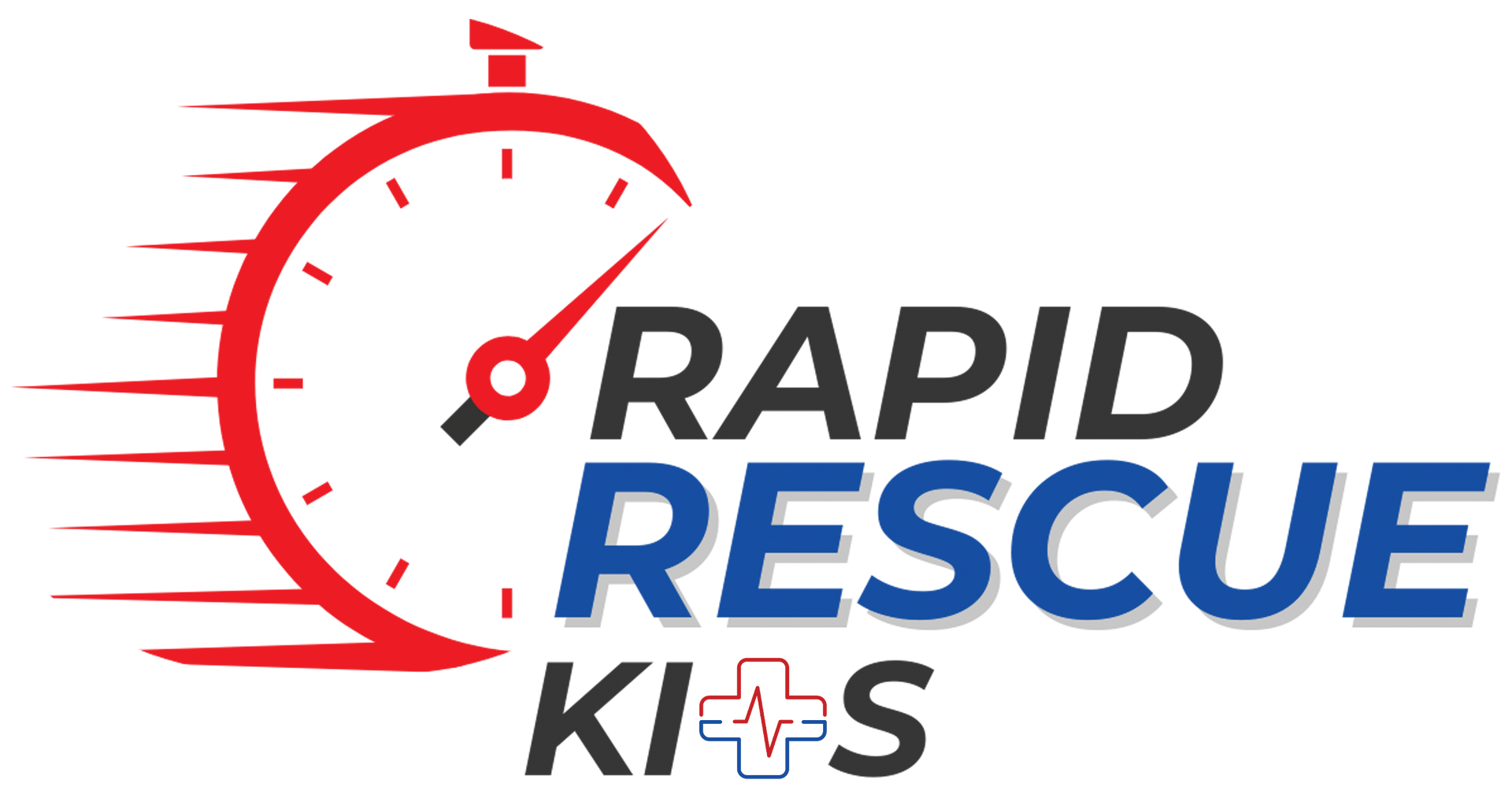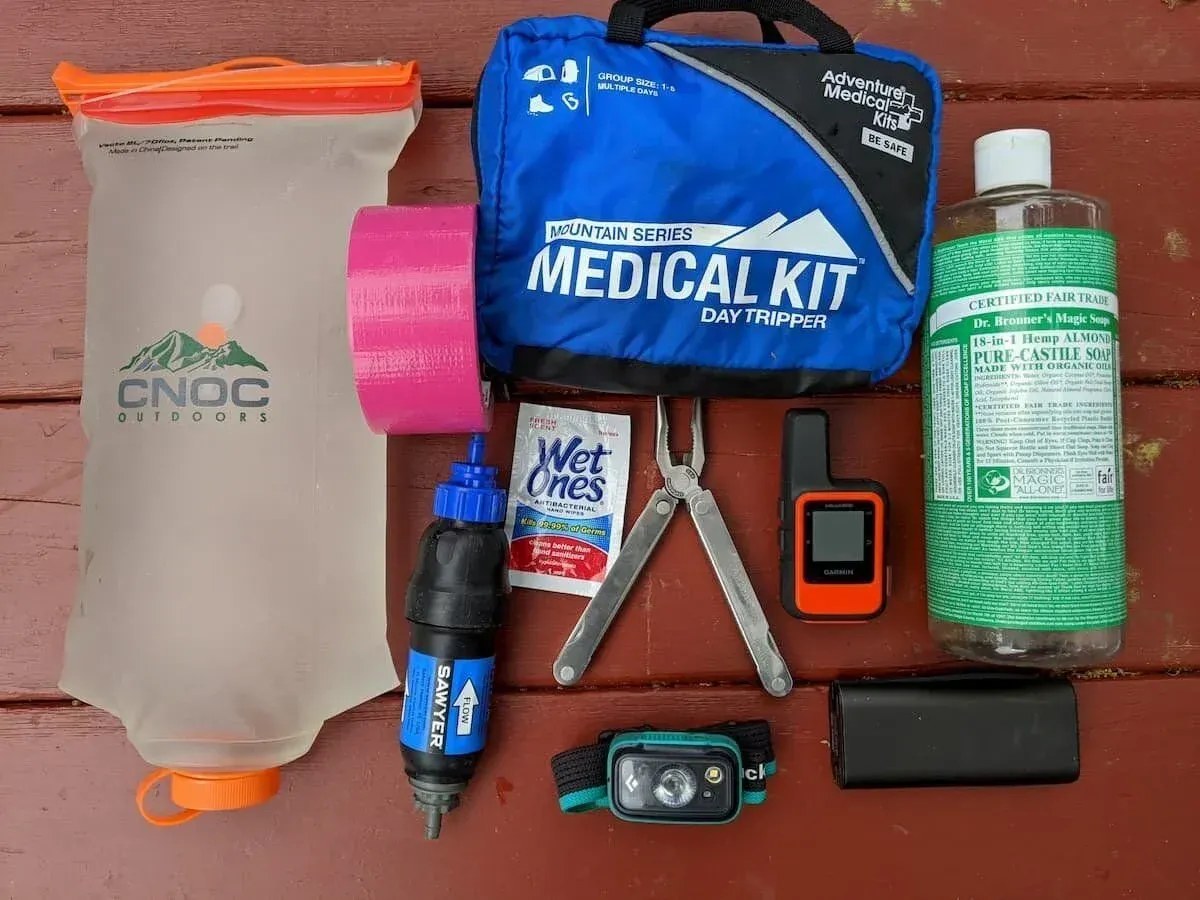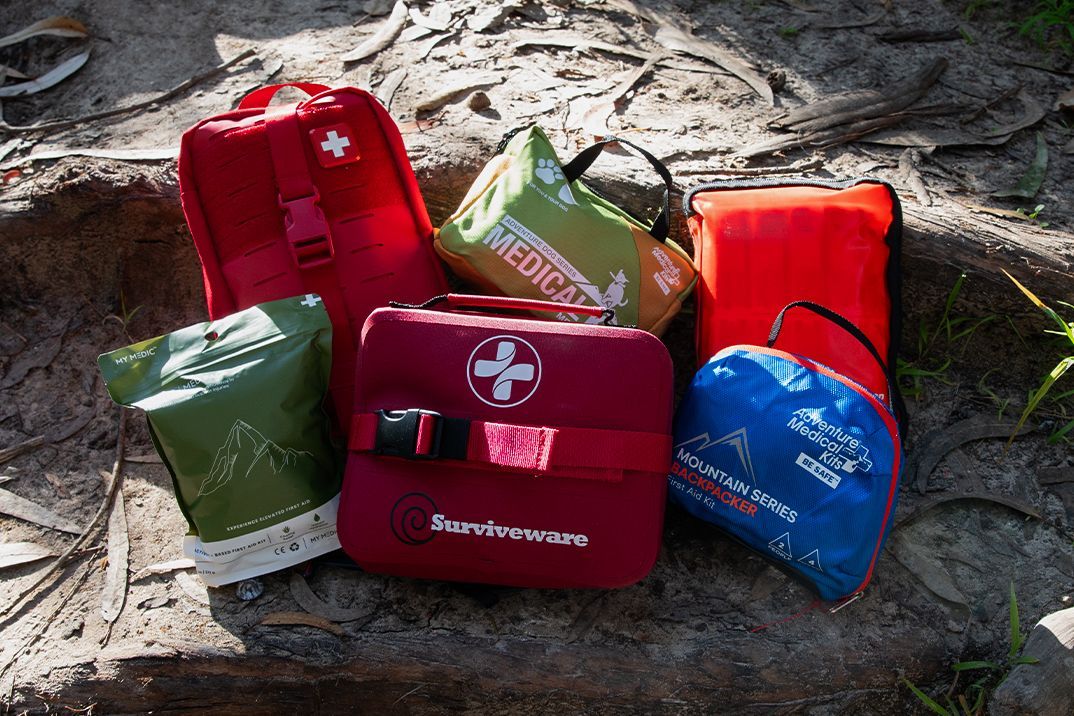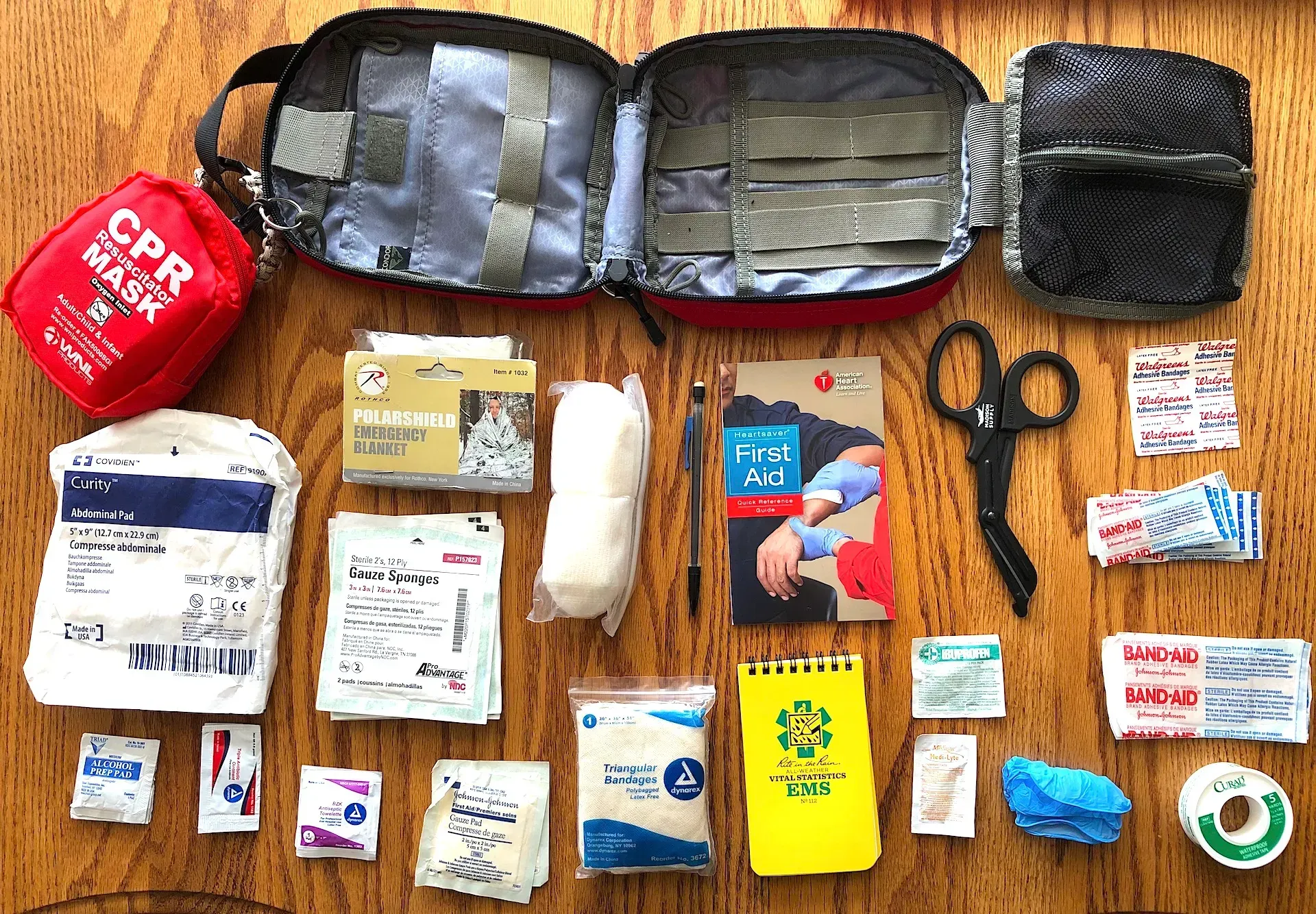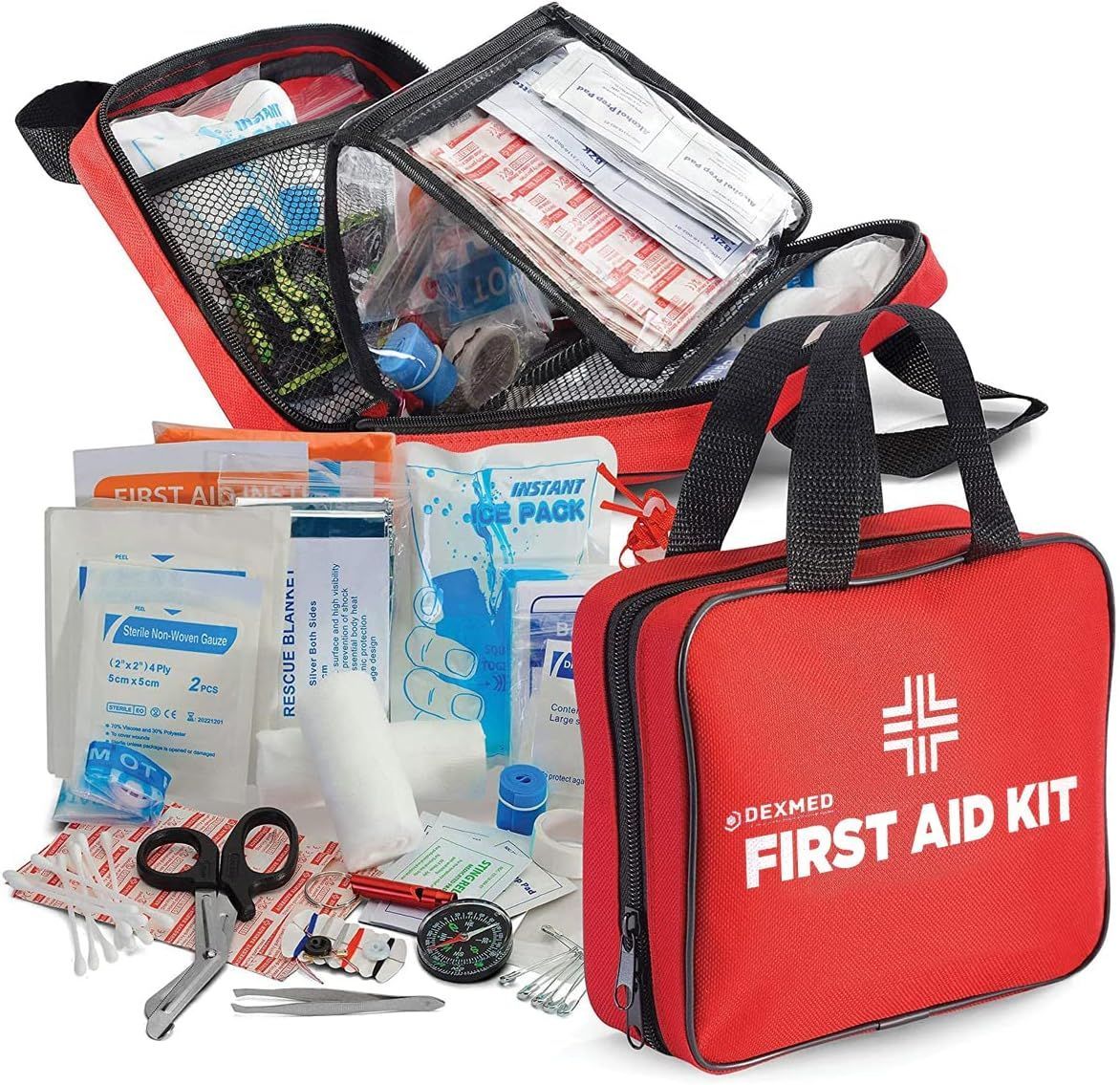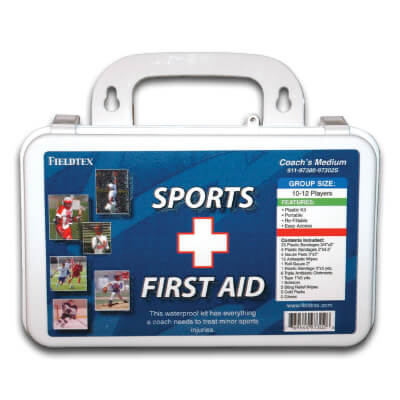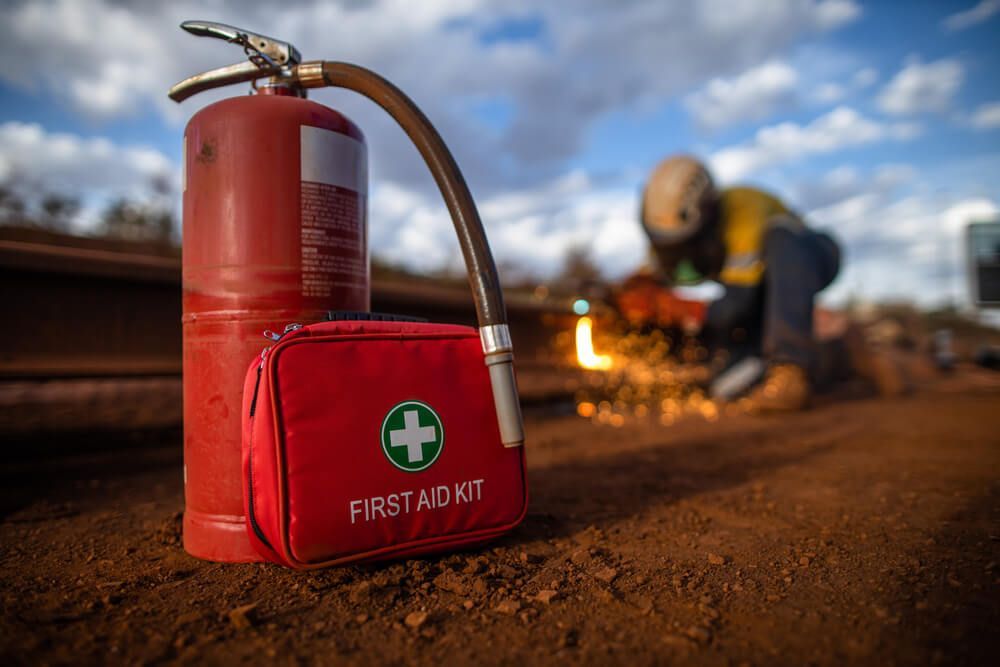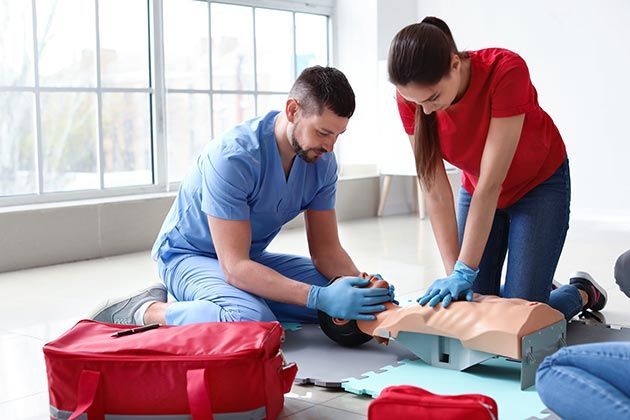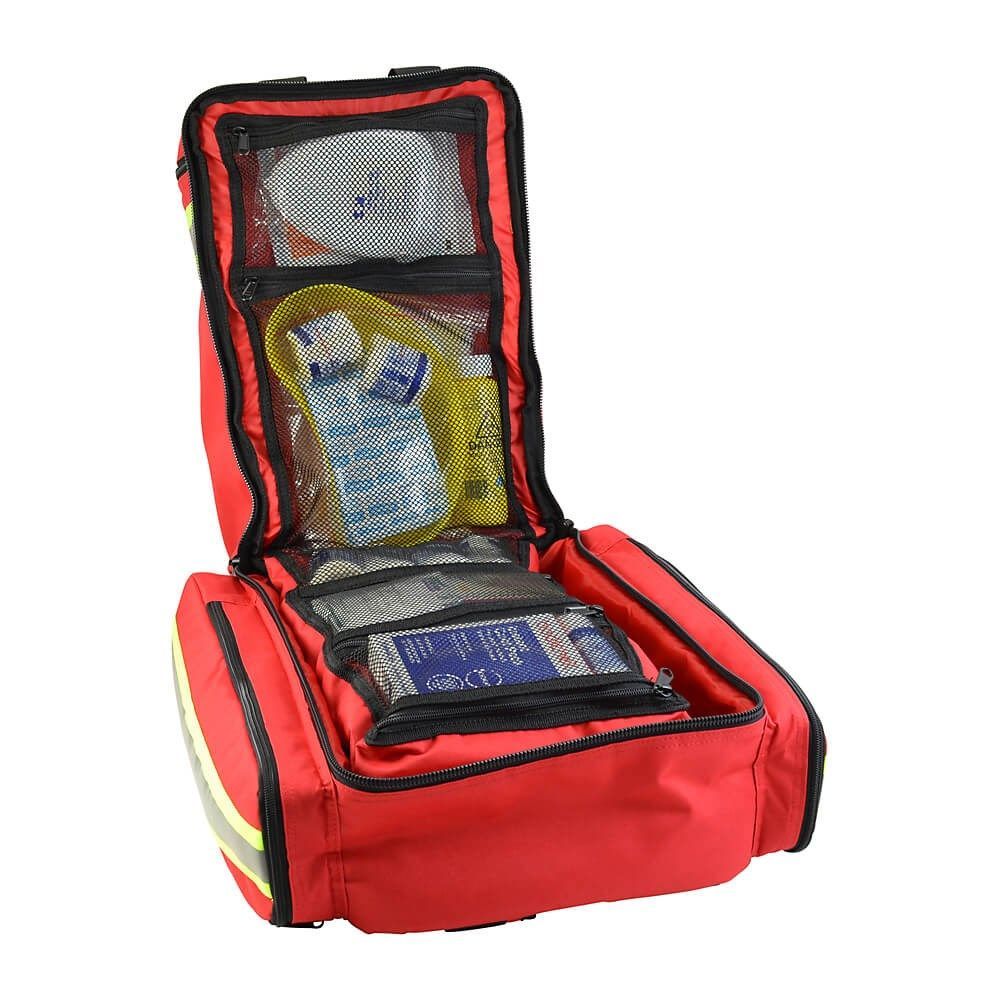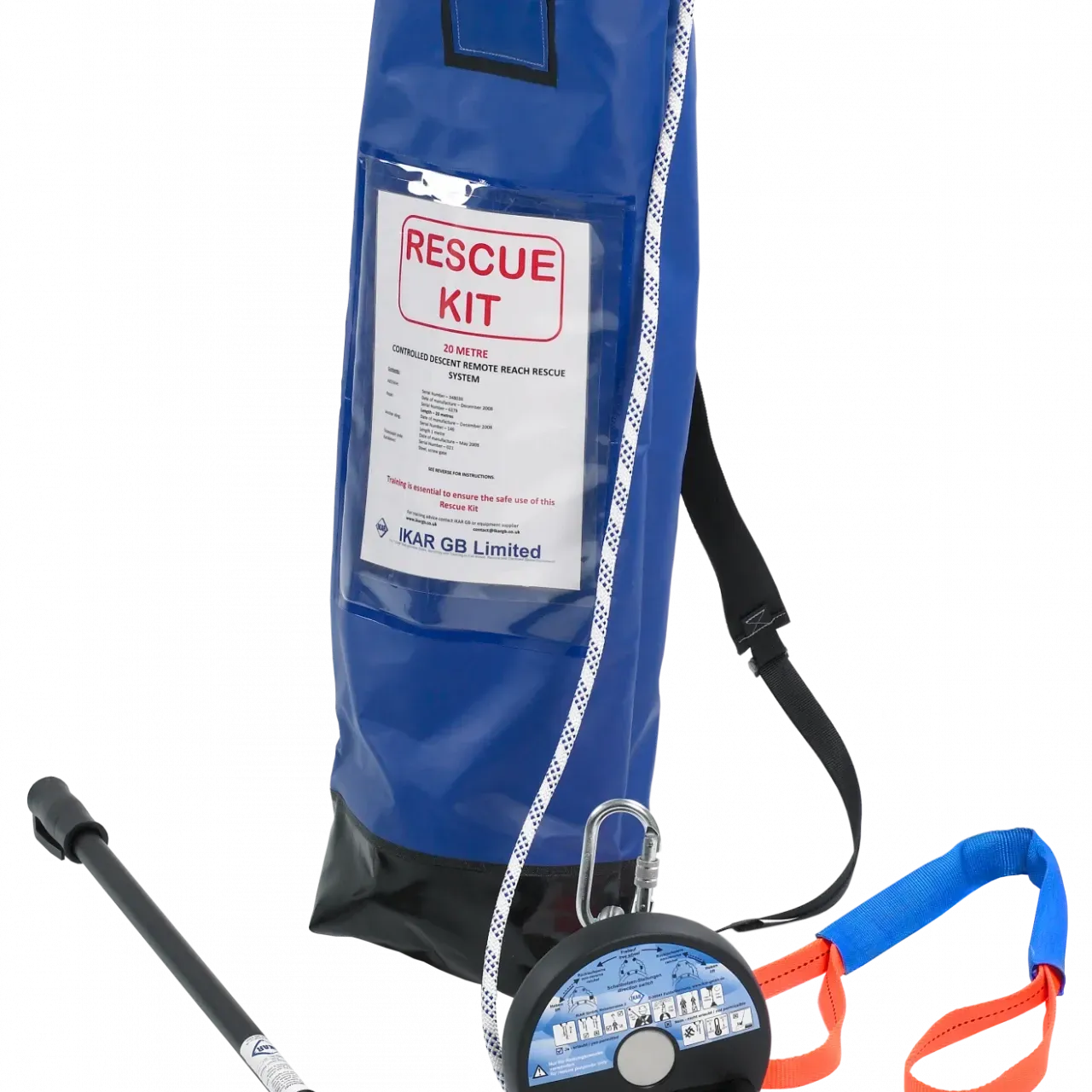How to Choose the Right Emergency Medical Kit for Your Needs
TLDR;
To choose the right emergency medical kit, start by evaluating the likely emergencies you may face, your specific health conditions, and the number of people the kit will support. From there, decide between basic or advanced kits, personalize as needed, and ensure you maintain it properly with routine checks.
Why Emergency Medical Kits Are Non-Negotiable
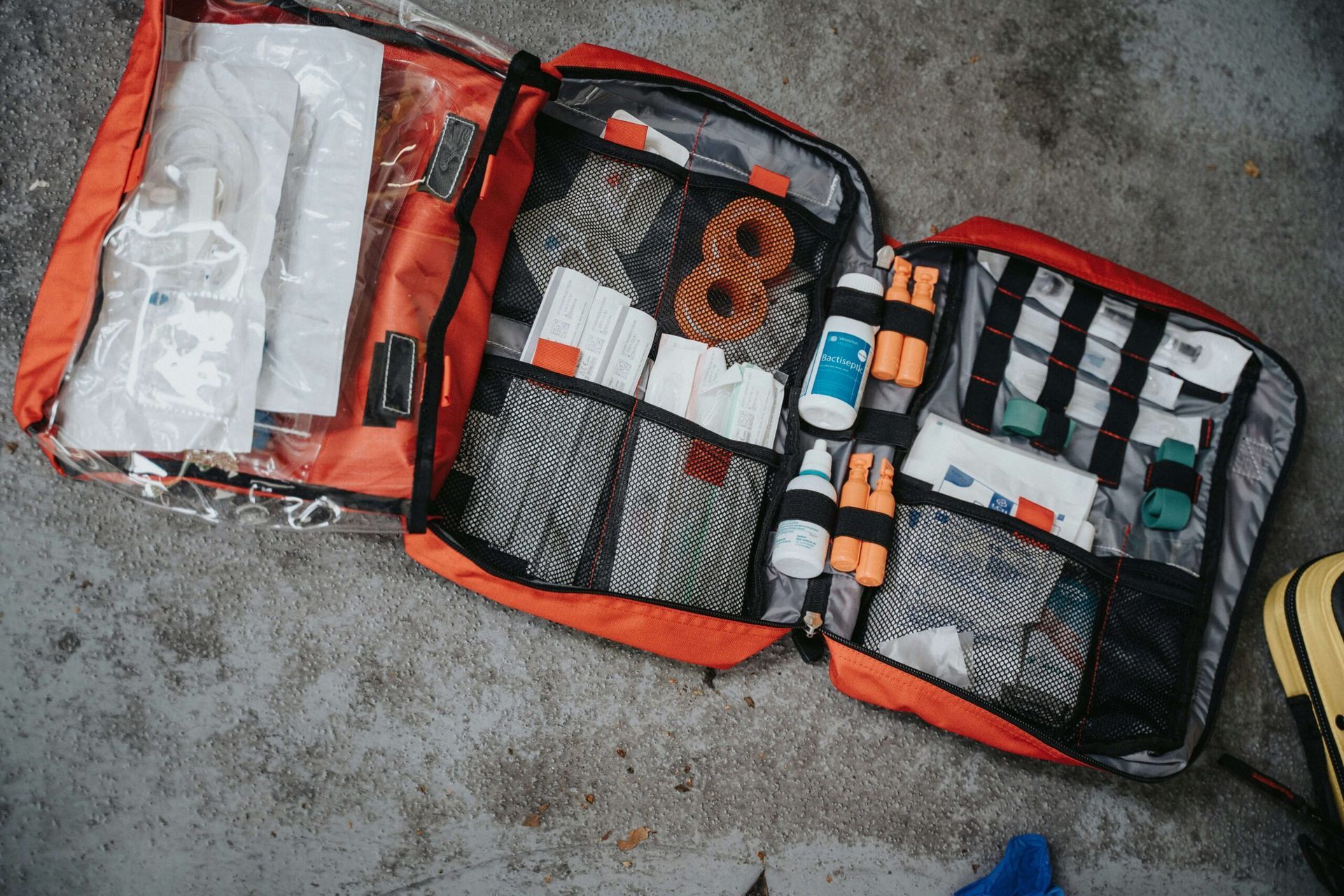
Emergencies don’t wait for us to be ready. Whether it’s a home accident, workplace injury, natural disaster, or a roadside emergency, having an emergency medical kit on hand can significantly improve your ability to respond effectively.
At Rapid Rescue Kits, we believe preparedness isn’t optional—it’s essential.
Having the right emergency medical kit ensures:
- Fast response to cuts, burns, sprains, or allergic reactions
- Reduced risk of infection or worsening of injury
- Support while waiting for professional medical help
Not having a proper kit increases vulnerability in high-stakes situations. The right tools at the right time make all the difference in managing discomfort and complications.
Identify Your Unique Emergency Preparedness Needs
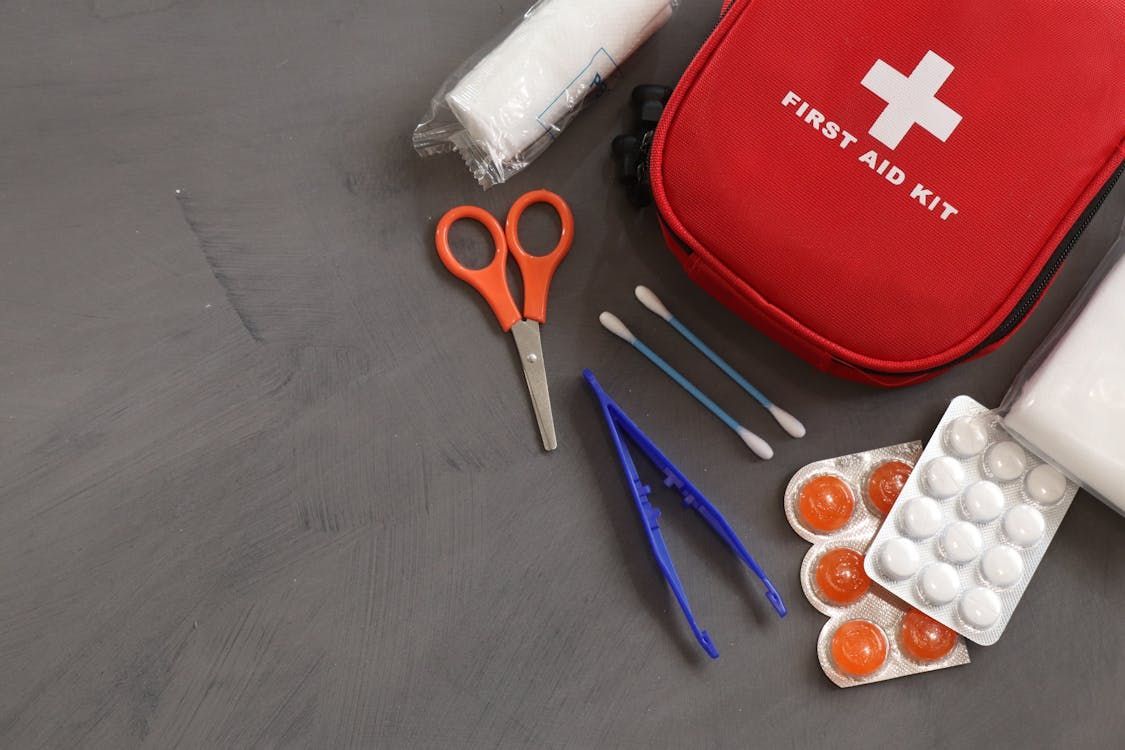
The perfect emergency medical kit is not one-size-fits-all. It must reflect your environment, your lifestyle, and the specific needs of those around you.
Personal Health Considerations
- Do you or your family members have
chronic illnesses,
severe allergies, or
specific prescriptions?
- Do you need to include devices like an
EpiPen,
glucose tablets, or
asthma inhalers?
Tailor your kit based on health profiles. For example:
- Diabetics should carry glucose, insulin, and monitoring supplies.
- Allergy-prone individuals need antihistamines and epinephrine auto-injectors.
Size of Household or Group
- A solo hiker needs a portable, compact kit.
- A family of four requires a broader range of supplies in larger quantities.
Kits should scale to support:
- Number of people
- Age range (children, seniors)
- Any pets that need care
Regional or Environmental Risk Factors
Assess where you live or operate:
- Wildfire-prone areas may need burn treatment items.
- Flood or hurricane zones should include water purification tablets and emergency blankets.
- Urban environments might focus more on trauma care and accident-related injuries.
Matching your kit to your geography improves effectiveness.
Core Components of Every Medical Kit
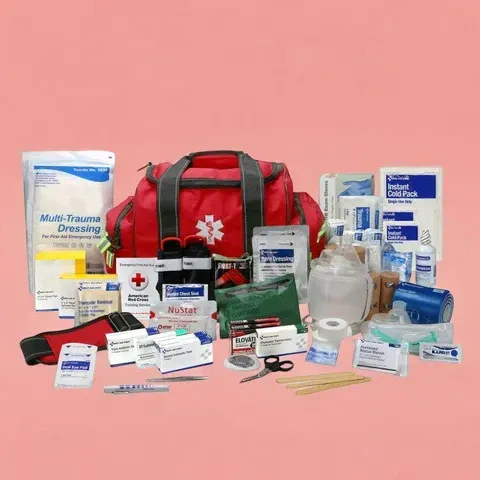
While customization is important, some Must-Have Safety Kit Items belong in every emergency medical kit, whether it's for a home, car, office, or outdoor use.
First Aid Basics
- Adhesive bandages (various sizes)
- Gauze pads and rolls
- Antiseptic wipes
- Adhesive medical tape
- Alcohol swabs
- Tweezers and trauma shears
- CPR shield or mask
- Nitrile gloves (non-latex)
These basics help treat minor cuts, bruises, and common injuries.
Medications and Prescriptions
- Pain relievers (ibuprofen, acetaminophen)
- Antihistamines
- Anti-diarrheal medication
- Antacids
- Topical antibiotics (e.g., triple antibiotic ointment)
If you take daily medications, include:
- 72-hour supply
- Prescription documentation
- Dosage instructions
Specialized Trauma Gear
For higher-risk environments or remote areas:
- Tourniquet
- Pressure bandages
- Hemostatic gauze
- Emergency trauma dressing
- Splint
- Cold compress
- Emergency blanket
- Burn gel
These tools are vital for managing severe injuries before emergency responders arrive.
How to Customize Your Kit for Specific Situations
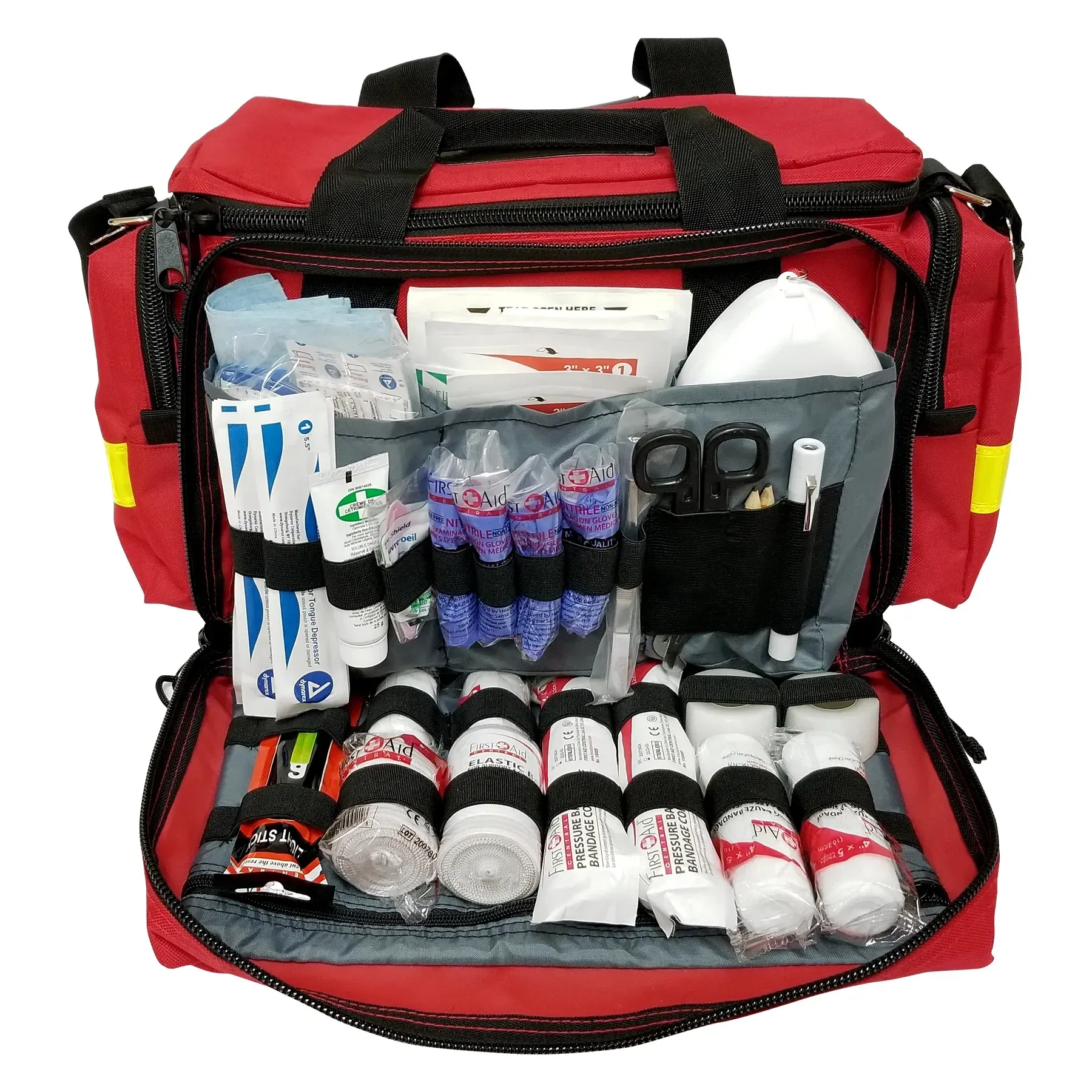
The best emergency medical kit is the one built for how and where it will be used.
Travel & Outdoors
- Add water purification tablets
- Include moleskin for blisters
- Bring extra bandages for abrasions
- Add insect repellent and sunscreen
- Lightweight and compact kits preferred
- Consider snake bite kits if in rural areas
Workplace or Office Use
- OSHA-compliant first aid supplies
- Eye wash solution
- Burn dressings
- AED (if not included, have one on site)
- Clearly labeled storage
- Easy access for all employees
Each office space should review injury risks specific to their industry. For example, first aid kits for construction should include trauma gear like tourniquets, splints, and hemostatic gauze to handle high-impact injuries common on job sites.
Kits for Kids, Seniors, and Pets
- Children: Include pediatric doses of medications, fun bandages, child-safe scissors
- Seniors: Organize medications with labels, magnifier for reading, blood pressure cuff
- Pets: Add items like pet-safe antiseptics, tweezers for ticks, gauze, and a pet muzzle
Understanding your household or team profile ensures meaningful preparedness.
Storage, Maintenance & Replenishment
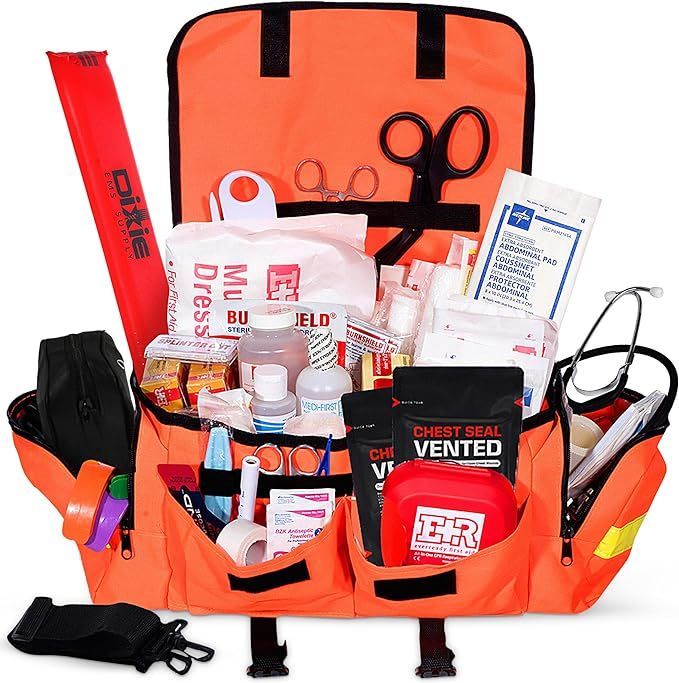
A medical kit that’s hard to access or expire won’t serve its purpose when needed most.
Proper Storage Guidelines
- Store in a cool, dry, and visible location
- Use waterproof cases for outdoor or car kits
- Label clearly and ensure everyone knows the location
Replacing Expired Medications
- Review contents every 3–6 months
- Check expiration dates
- Replace used or outdated items promptly
- Keep a restocking checklist handy
Neglecting to check your kit can lead to dangerous surprises—refer to our Kit Expiration Guide to ensure your supplies are always safe and effective.
Seasonal Kit Adjustments
- Winter: Include hand warmers, extra blankets, anti-freeze burn treatments
- Summer: Focus on sunburn relief, hydration packets, cooling packs
- Storm season: Add waterproof bags, headlamps, and power banks
Rotate supplies as seasons and threats change.
First Aid Training: Knowing How to Use Your Kit
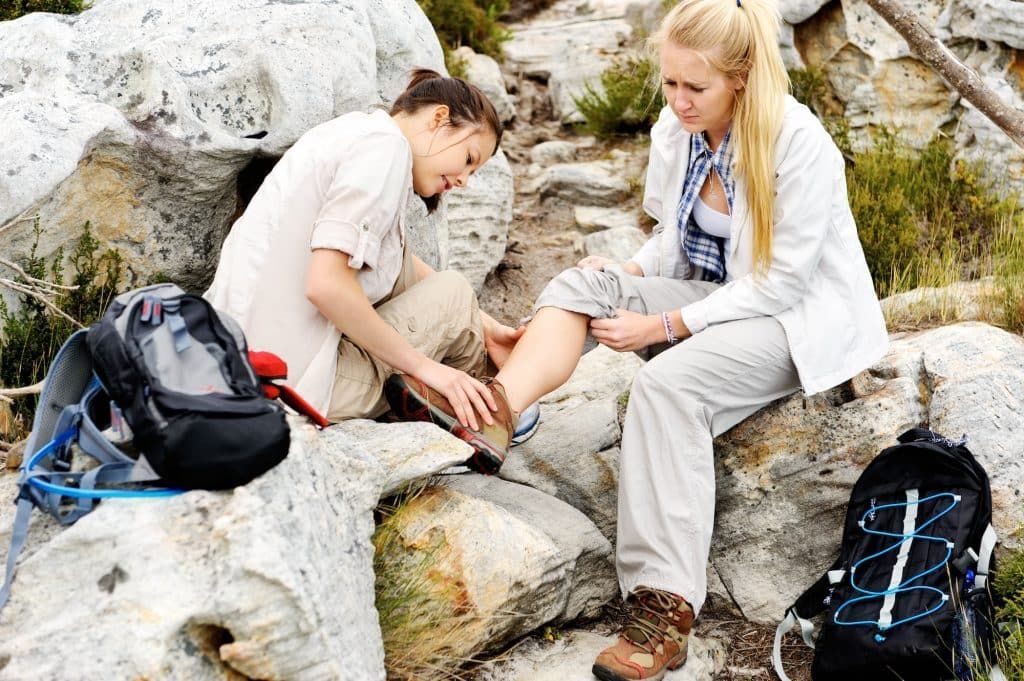
Even the best-stocked kit is ineffective without the knowledge to use it confidently.
Where to Get Trained
- American Red Cross first aid courses
- Local fire departments and EMS programs
- Online CPR and trauma care training
- Stop-the-Bleed certification courses
Training can be completed in a day and lasts a lifetime.
Why Training Is Just as Important as Tools
- Helps avoid misuse of tools
- Builds confidence in high-stress situations
- Ensures quicker response times
- Reduces reliance on outside help in remote settings
Having the right knowledge can make an emergency feel more manageable.
Comparing Pre-Built Kits vs. DIY Kits
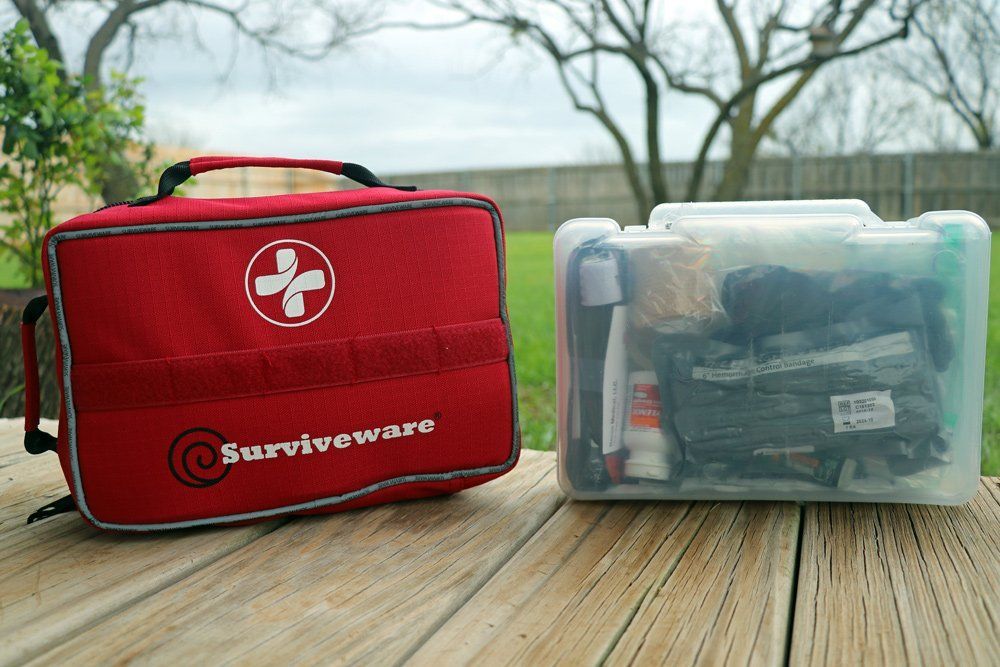
When choosing your emergency medical kit, you’ll face two options: buy a pre-assembled kit or build your own. Each has advantages and drawbacks.
Cost Breakdown
- Pre-built kits often cost less when considering the total value of included components
- DIY kits may cost more, especially when sourcing specific items or medications
Convenience vs. Control
Pre-Built Kits (like those from Rapid Rescue Kits):
- Ready-to-go
- Professionally curated
- Great for people new to emergency prep
DIY Kits:
- Custom to your needs
- Can ensure inclusion of brand preferences
- Often time-consuming to build
Most people benefit from starting with a reliable pre-built kit, then customizing it further.
FAQs About Emergency Medical Kits
